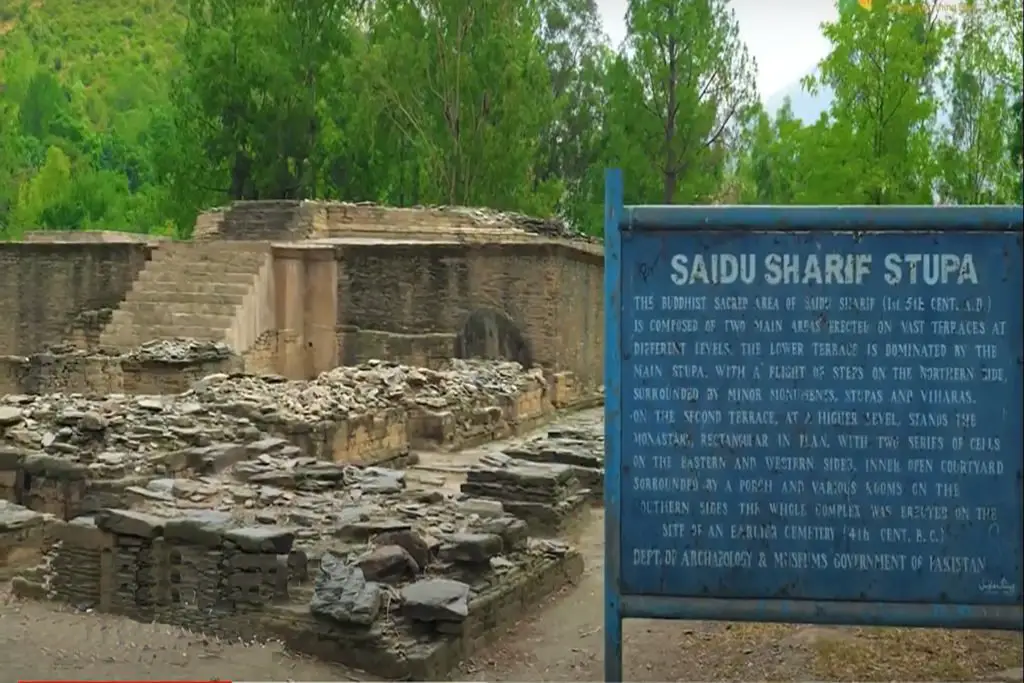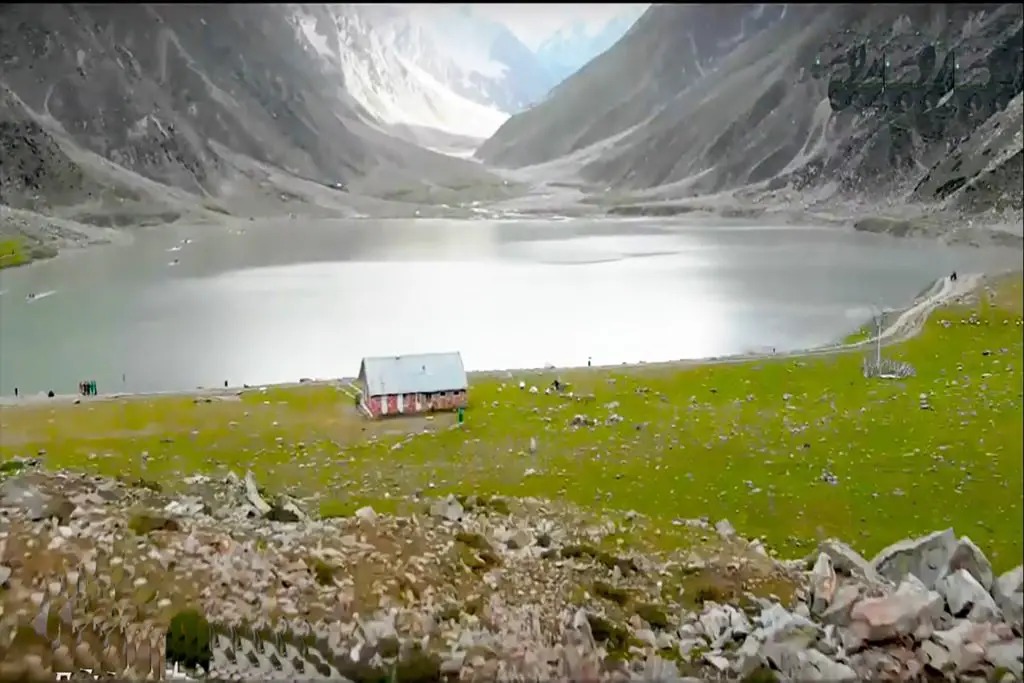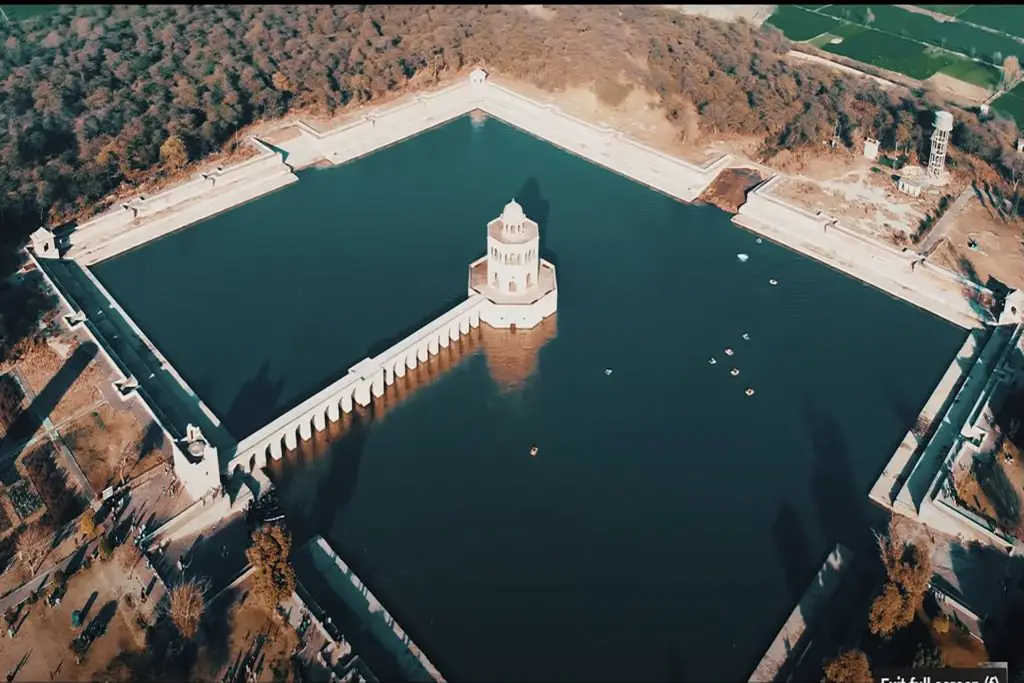The archaeological site known as Saidu Sharif Stupa, also referred to as Saidu Sharif I, located in the Swat Valley and dating from the 1st to 4th century CE, underwent excavation in the 1970s and 1980s. This excavation was conducted by the Italian Archaeological Mission of the former ISMEO, under the guidance of Domenico Faccenna.
In the concluding phase of the Saidu Sharif I monastery excavations, several graves were uncovered beneath the Buddhist structures. It was initially assumed that there was a direct physical overlap between the cemetery and the monastery, with minimal chronological separation between these two phenomena.
However, recent fieldwork conducted between 2011 and 2015, along with radiocarbon dating, unveiled a consistent chronological gap. This gap revealed that the apparent physical overlap between the cemetery and the monastery was artificially created during the extensive leveling work carried out to establish the sanctuary at the beginning of the current era.
Saidu Sharif Stupa Location
The Saidu Sharif Stupa is a sacred area of Buddhism located near the town of Saidu Sharif, at the foot of the mountains that separate the Saidu River Valley from the Jambil River Valley, in Swat District of Khyber Pakhtunkhwa, Pakistan.
The sacred area comprises two terraces constructed on the hill’s slope, which is accessible through a carved passageway in the northern rock face. These man-made terraces feature a solitary stupa encircled by smaller monuments, as well as an adjacent monastery.
Excavations of Saidu Sharif Stupa
Excavations at the Saidu Sharif Stupa were initiated by the Italian Archaeological Mission in 1963 and concluded in 1982, with a hiatus between 1966 and 1977. The first phase of research focused on the lower terrace, which housed the primary stupa, while the second phase revealed the upper terrace with the cloister.
The lower terrace, known as the “Stupa Terrace,” features a larger stupa (main stupa) encircled by various minor monuments, including stūpas, viharas, and pillars. The building with a square plan is preserved up to the first cylindrical body with a staircase on the north side. Remnants of the harmikā and umbrellas were discovered near the stūpa. One of the two cylindrical bodies of the monument was adorned with a green slate frieze, and the upper part of the rectangular body had four columns at its corners, each surmounted by a crouching lion figure.
Archaeologists have divided the life phase of the Saidu Sharif I shrine into three distinct periods. These periods reflect an evolution from a symmetrical arrangement of monuments in the first period (from 25 BC to the end of the 1st century) to a gradual clustering of monuments. This transition was accompanied by the expansion of the Saidu Sharif stupa terrace, followed by the extension of the terrace itself in the second and third periods, which correspond to the II-III centuries AD and IV-V centuries AD, respectively. During the third period, the monastery saw both an expansion and a subsequent reduction to its original dimensions, signifying the decline of the entire sacred area.
Mingora is a bustling commercial town located in the Swat district of Khyber Pakhtunkhwa, Pakistan. It is situated at an altitude of 984 meters and is positioned just 2 kilometers from the town of Saidu Sharif.
Restoration & Preservation of Saidu Sharif Stupa, Swat Valley
The initiative to restore the 2000-year-old stupa to its original form is financially supported by the Pakistan-Italy Debt Swap Agreement (PIDSA). The implementation of this restoration project is overseen and conducted by the Italian archaeological mission ACT-Field School. This collaborative effort between Pakistan and Italy is aimed at preserving and revitalizing this ancient stupa, ensuring that its historical and cultural significance endures for future generations.







